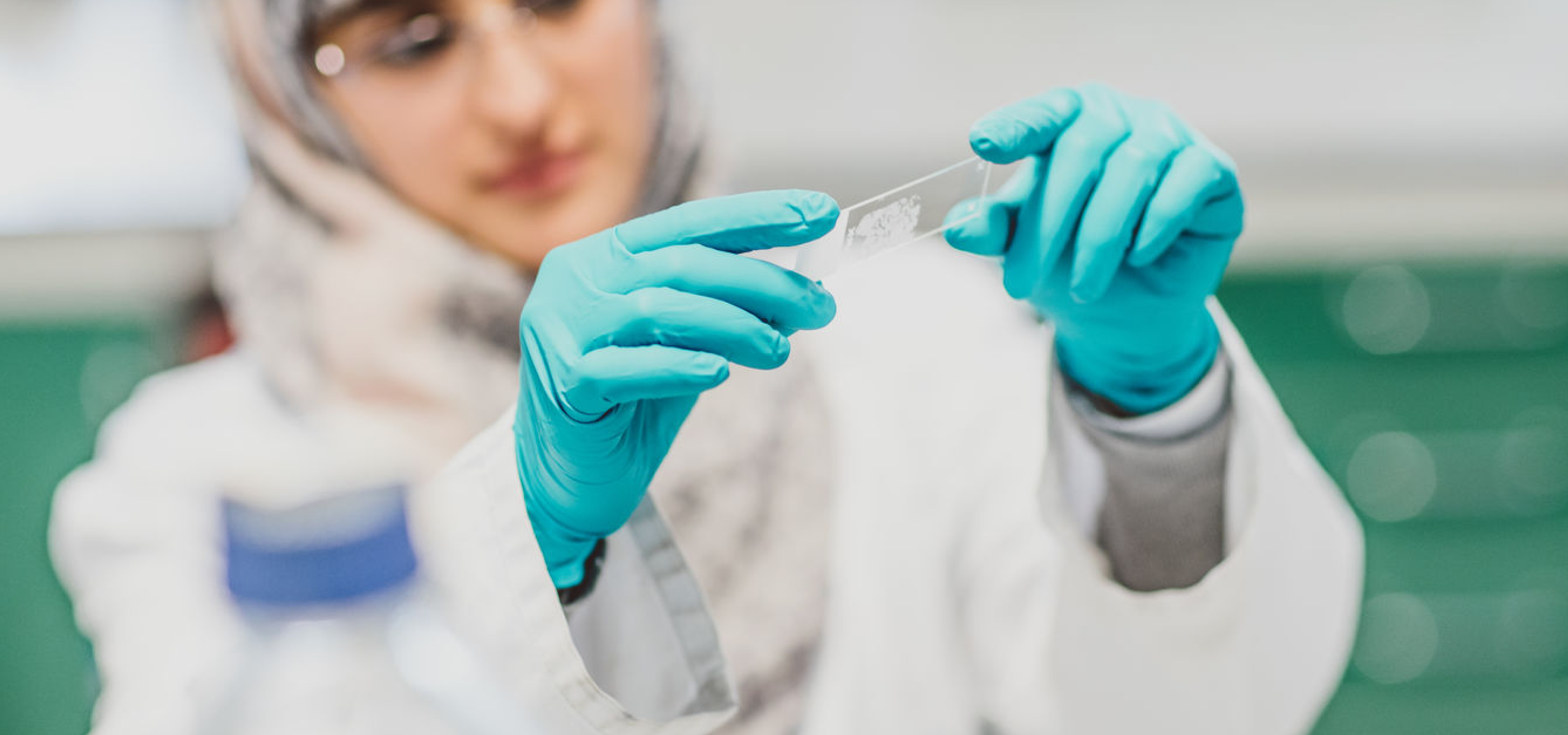
This module will examine the ways in which biological systems use the specific chemical properties offered by biologically relevant metal ions in the periodic table to perform a wide variety of functions. The module will introduce the chemical principles that govern the use of essential metal ions in biological systems. Selected examples and a detailed case study will be discussed, to illustrate the functionality of such metal ions once coordinated to proteins or enzymes. The impact of metal ions on human health will also be discussed in the framework of nutritional immunity, where the bioavailability of metal ions is regulated to effectively starve invading pathogens, in the use of metallo-based drugs and disease associated with metal deficiency. The module will also describe the key role of metal containing enzymes for industrial biotechnology.
Learning Outcomes
To pass this module students will need to be able to:
1. Discuss the importance of metal ions in biology and their relative abundances in prokaryotic and eukaryotic organisms, understand the principles of metal ion coordination chemistry and the chemical nature of biological ligands that can coordinate a metal ion;
2. Describe metal ion uptake and storage, in particular, the regulation of cellular metal ion concentrations (homeostasis), through examples of systems employing metalloregulators, siderophores and chalkophores, ferritins and copper storage proteins;
3. Discuss how metal ions can impart control on protein structure and dynamics through the examples of zinc fingers and metal sensor proteins and how metals can be trafficked 'safely' around the cell;
4. Describe the redox chemistries and catalysis associated with metalloenzymes, such as peroxidases and P450s and their applications to industrial biotechnology and copper and iron containing enzymes involved in the nitrogen cycle;
5. Describe the means by which metalloproteins can act as gas sensors and redox sensors;
6. Discuss the role of metal ions in nutritional immunity and disease, and in treatments of disease such as cancers (platinum complexes) and rheumatoid arthritis (gold complexes).
- Module Supervisor: Jonathan Worrall